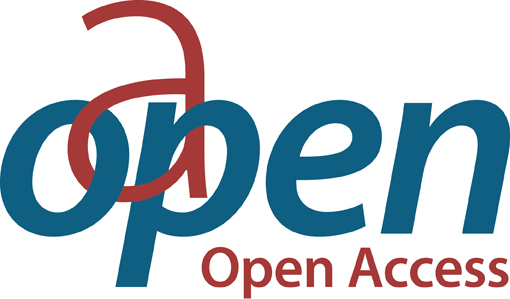Chapter Classificazioni e paragone delle arti tra Medioevo e Rinascimento
| dc.contributor.author | Salvestrini, Amalia | |
| dc.date.accessioned | 2024-12-20T12:31:52Z | |
| dc.date.available | 2024-12-20T12:31:52Z | |
| dc.date.issued | 2024 | |
| dc.identifier | ONIX_20241220_9791221503197_130 | |
| dc.identifier.issn | 2704-5919 | |
| dc.identifier.uri | https://0-library-oapen-org.catalogue.libraries.london.ac.uk/handle/20.500.12657/96335 | |
| dc.language | Italian | |
| dc.relation.ispartofseries | Studi e saggi | |
| dc.subject.classification | thema EDItEUR::N History and Archaeology::NH History::NHB General and world history | |
| dc.subject.other | Knowledge classification | |
| dc.subject.other | Labour | |
| dc.subject.other | Arts | |
| dc.subject.other | Middle Ages | |
| dc.subject.other | Renaissance | |
| dc.title | Chapter Classificazioni e paragone delle arti tra Medioevo e Rinascimento | |
| dc.type | chapter | |
| oapen.abstract.otherlanguage | The text approaches the idea of labour in the classifications of knowledge (13th-16th c.), especially concerning liberal and mechanical arts. The authors addressed show an increased interest in manual work. The mechanical arts, in a first moment and starting from Hugh of Saint Victor are included in the cognitive ascent to God (Bonaventure) or in the theoretical philosophy as subaltern sciences (Kilwardby); in a second moment, also the «sordid and sedentary arts» are also part of a renewed educational project (Poliziano). In parallel, the valorisation of some mechanicae emerges in the dispute on the arts paragon. While certain authors aim to elevate the «drawing arts» to the liberal status (Alberti, Varchi), Leonardo da Vinci recognises painting as a leading liberal art. | |
| oapen.identifier.doi | 10.36253/979-12-215-0319-7.39 | |
| oapen.relation.isPublishedBy | bf65d21a-78e5-4ba2-983a-dbfa90962870 | |
| oapen.relation.isbn | 9791221503197 | |
| oapen.series.number | 257 | |
| oapen.pages | 9 | |
| oapen.place.publication | Florence |

